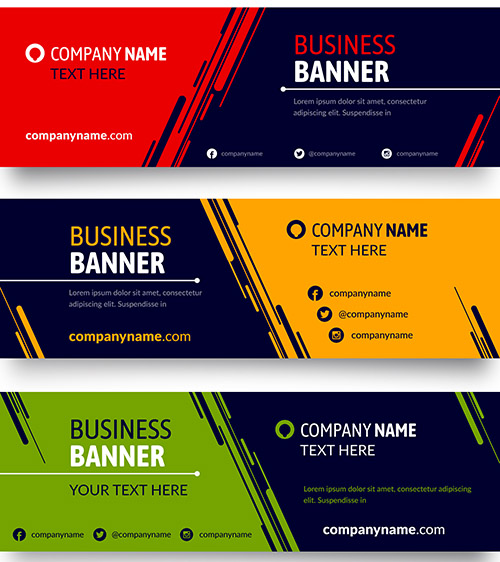Conclusion
When it comes to online advertising, banners play a crucial role in capturing the attention of potential customers. Whether you choose static or animated banners, each has its own unique advantages and disadvantages.
Static banners are simple yet effective. They provide a clear message without any distractions and can be easily designed using various tools. However, they lack interactivity and may not engage users as effectively as animated ones.
On the other hand, animated banners have the ability to grab attention with eye-catching visuals and movement. They can convey complex messages in an engaging way, increasing click-through rates. However, they require more time and expertise to create compared to static banners.
Flash is often used in banner design for creating interactive content that stands out on web pages. It allows for seamless animations and transitions that captivate viewers' attention. However, with the rise of mobile devices that do not support Flash, it's important to consider alternative formats like HTML5 or GIFs.
To create effective banners regardless of format, follow these best practices:
- 1. Keep it simple: Use concise messaging and avoid cluttering your banner with too much information.
- 2. Use high-quality visuals: Choose visually appealing images or graphics that are relevant to your message.
- 3. Make CTA prominent: Place a clear call-to-action button that stands out so users know what action to take.
- 4. Optimize for different devices: Ensure your banner is responsive across desktops, tablets, and mobile screens.
- 5. Test different variations: Experiment with different designs and copywriting techniques to identify what works best for your target audience.
In conclusion, banners are versatile tools for driving traffic and promoting products or services online. Static banners offer simplicity while animated ones provide visual interest. Flash can enhance interactivity but consider alternatives due to compatibility issues. Make sure your banners follow best practices to maximize their effectiveness.
Whether you choose static or animated, banners continue to be powerful assets in online advertising campaigns. So, go ahead and create banners that captivate your audience's attention!
